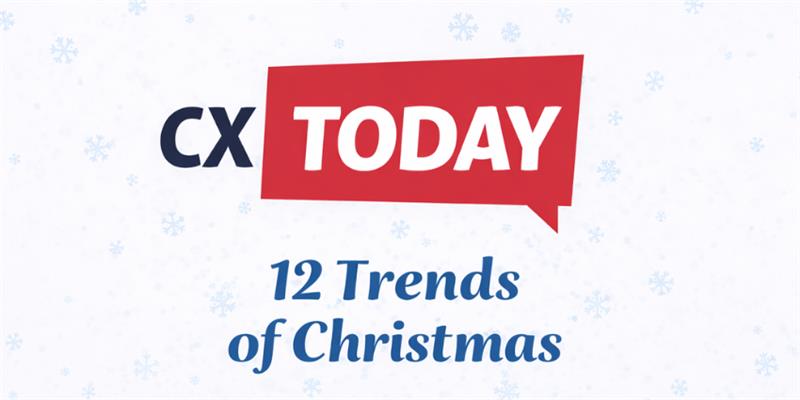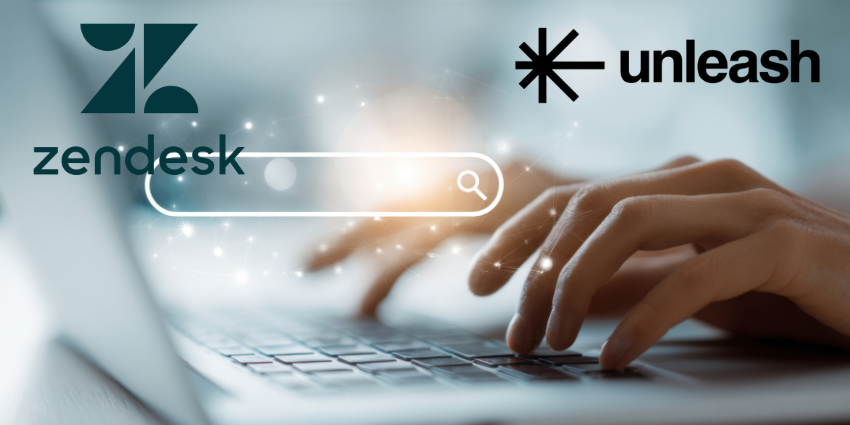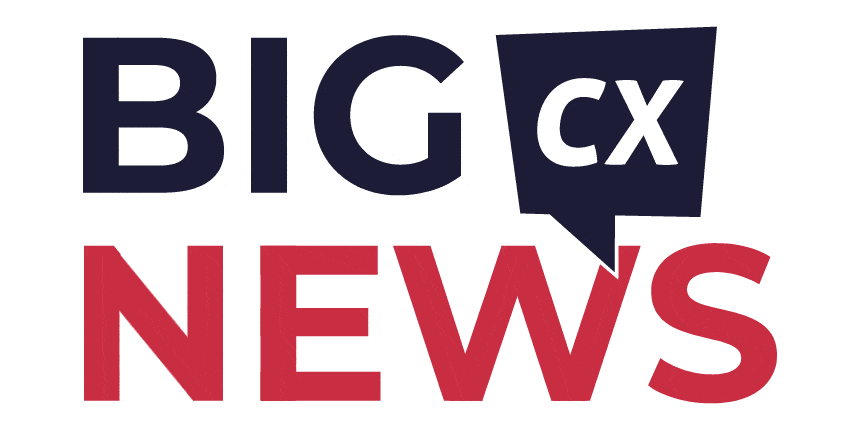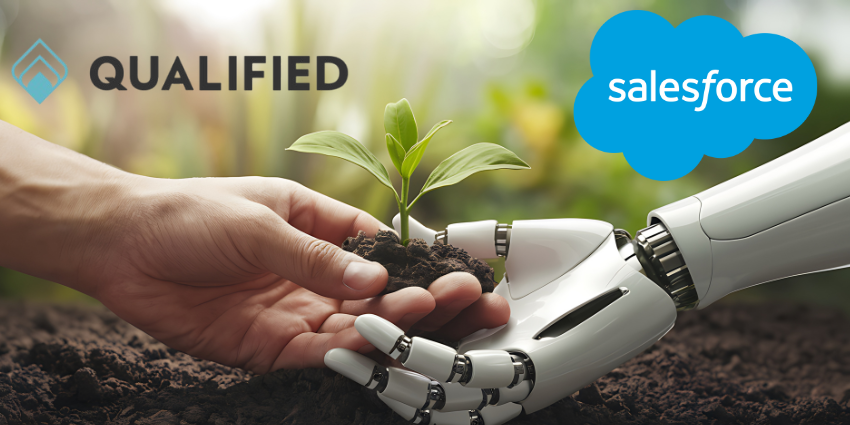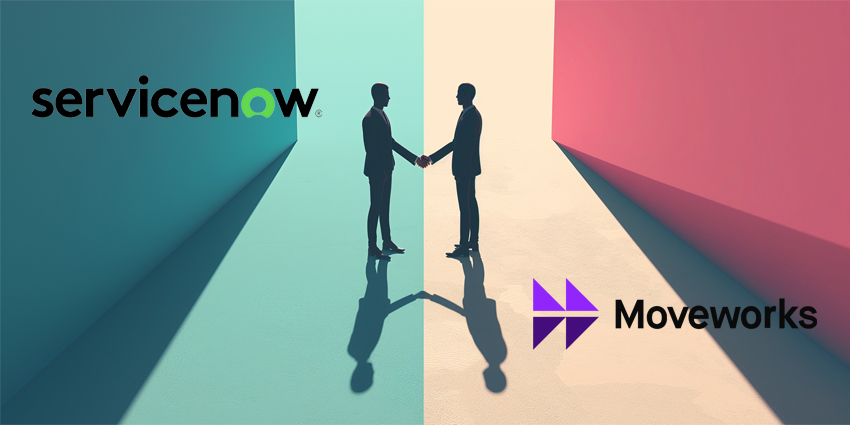HMRC aims to improve its support services for UK taxpayers, setting a mammoth budget worth over $2BN.
That budget will finance new CRM and CCaaS solutions, handling interactions between the HMRC and UK citizens.
The UK tax collector’s CRM budget totals $1.34BN (£1BN). Meanwhile, its CCaaS allocation is $670MN (£0.5BN).
HMRC set out the scope of the funding in two separate preliminary market engagement notices, one for CRM and the other for CCaaS.
While the budgets – for software alone – may catch the eye, the authority wishes to pen 15-year contracts with its chosen vendors.
The tender process, where HMRC invites CRM and CCaaS providers to submit bids for the project, is set for June.
The UK government department also stressed that the two platforms must integrate “seamlessly”. Moreover, the CRM notice explained:
The programme will support the delivery of a number of technology products and delivery support services to enable HMRC to provide a 360-degree view of the customer, rationalise its technology estate, and put it in the best position to leverage all the opportunities of industry-leading capabilities and AI tools.
Let’s look more closely at what HMRC wants from its prospective CRM and CCaaS solutions.
What Is HMRC Looking For in a CRM Platform?
Five core things HMRC expects to procure from its CRM platform include:
- A core cloud CRM platform, including registration, subscription, and customer record management capabilities.
- Identity, Verification and Access (IDV&A) software as a service.
- Fraud prevention mechanisms.
- Secure Digital Exchange & Communication (SDEC) software as a service and document storage.
- Architecture and product technical support (vendor-specific).
As the CRM market leader – and a vendor that, in 2023, announced a massive $4BN, five-year investment in its UK business – Salesforce is likely a partner HMRC will have near the top of its list.
Plus, its new CCaaS integration program demonstrates a commitment to that “seamless” CRM-CCaaS integration.
However, Microsoft Dynamics will provide tough competition, especially as the tech giant signed a big deal with the UK’s Crown Commercial Service in October 2024 to support the public sector with its “AI-powered products and services”.
Other prospects that the tax authority will likely consider include Oracle, SAP, ServiceNow, and Zendesk.
What Is HMRC Looking For in a CCaaS Platform?
On the CCaaS front, HMRC has been conducting early engagement activities for the development of a single omnichannel solution to replace its current legacy services.
The CCaaS program aims to procure a solution encompassing:
- The provision of product licenses and the future acquisition/development of associated add-on products
- Service design, implementation, and configuration services
- Run & Support services, including proactive maintenance and testing
- Ongoing run & optimize services with an option for incentivised innovation and optimization
As the UK’s most prominent CCaaS provider, Content Guru is one vendor HMRC will likely consider.
In addition, it recently claimed to be the first “full-stack” CCaaS provider to achieve FedRAMP High Authorization in the US, which may aid its efforts.
After all, that accreditation rubberstamps its ability to work with government agencies handling sensitive data, requiring rigorous security and privacy conformity.
However, stalwarts like AWS, Cisco, Five9, Genesys, and NICE will provide significant competition.
Moreover, Microsoft is starting to make big moves in this space with its new Dynamics 365 Contact Center solution.
While it lacks the industry maturity of the providers above, it offers the opportunity for a converged CRM-CCaaS ecosystem, with its Dynamics 365 Customer Service offering.
A Move 798 Years Too Late? Many UK Taxpayers Will Think So
Remarkably, the National Audit Office found that in 2023, customers were collectively on hold for 798 years.
So for them, and many others, these changes couldn’t come soon enough.
These troubles have continued to spread, with the Parliamentary Public Accounts Committee finding that phone service performance has reached an all-time low.
During the first 11 months of 2024, the system failed to handle demand, disconnecting nearly 44,000 customers, who were on hold for 70 minutes waiting to speak to a support agent.
Only two-thirds of calls were answered, with an average wait time exceeding 23 minutes.
The quagmire of discontent also forced a quick U-turn after HMRC announced plans to close the self-assessment tax form helpline between April and September.
It was an attempt to encourage more customers to use digital services, but it was quickly foiled.
It will be fascinating to follow the HMRC’s move, particularly after a couple of years of negative headlines and troubling direction.



